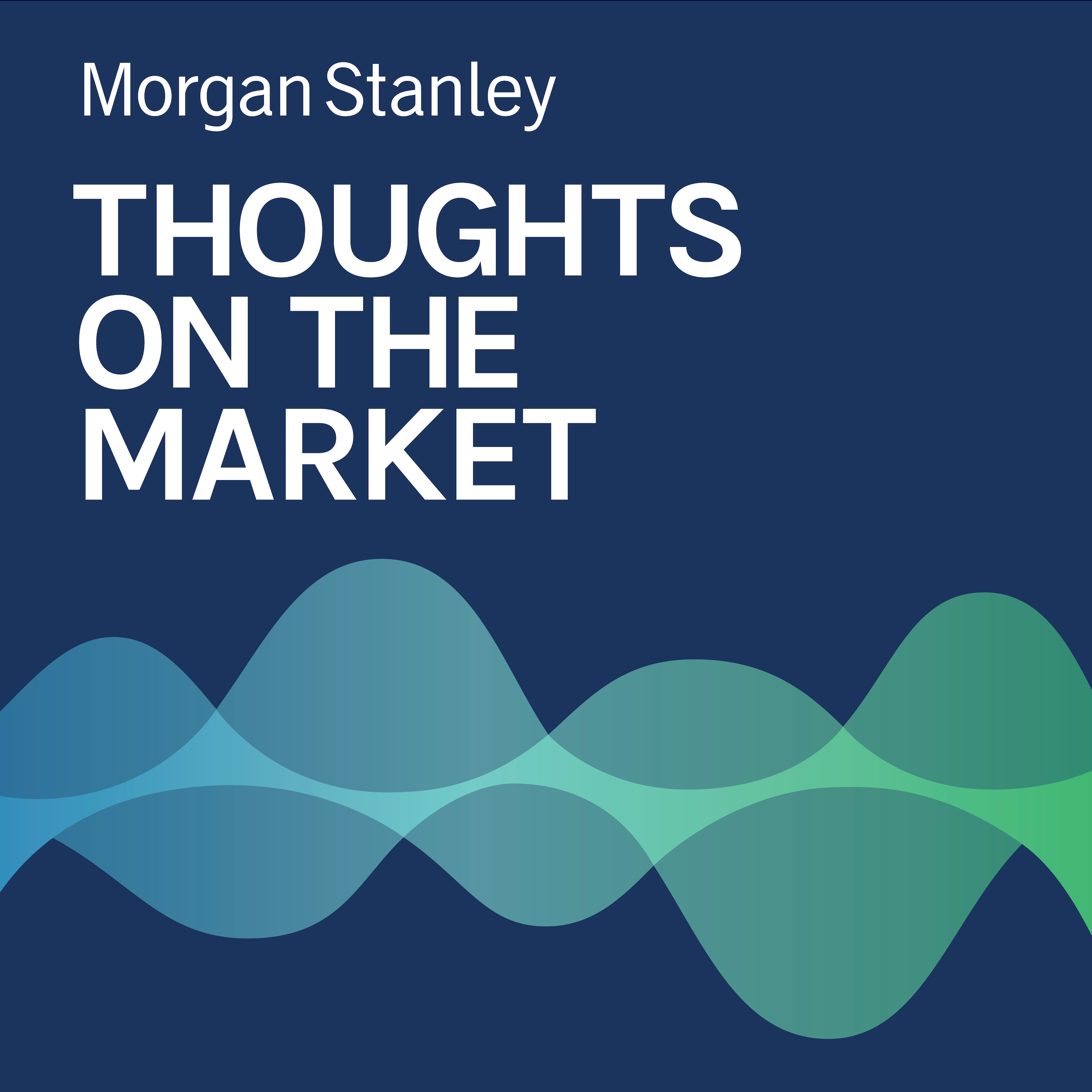Mike Wilson: An Icy Winter for Investors?

b'
The forecast for inflation still appears hot for both consumers and corporates, but when it comes earnings and economic growth, the outlook looks a bit chilly.
----- Transcript -----
Welcome to Thoughts on the Market. I\'m Mike Wilson, chief investment officer and chief U.S. equity strategist for Morgan Stanley. Along with my colleagues bringing you a variety of perspectives, I\'ll be talking about the latest trends in the financial marketplace. It\'s Monday, October 25th at 11:30 a.m. in New York. So, let\'s get after it.
Over the past few weeks, we\'ve discussed the increasing probability for a colder winter, but a later start than previously expected. In other words, our "fire and ice" narrative remains very much intact, but timing is a bit more uncertain for the ice portion. Having said that, with inflation running hot in both consumer and corporate channels, the Fed is expected to formally announce its tapering schedule at next week\'s meeting with perhaps a more hawkish tone to convince markets they are on the job. In other words, the fire portion of our narrative\\u2014higher rates driven by a less accommodative fed spurring multiple compression\\u2014is very much in gear and a focus for investors.
With so much attention on rising inflation now from both investors and the Fed, we shift our attention to the ice portion of our narrative - meaning the ongoing macro growth slowdown and when we can expect it to bottom and reverse course. As regular listeners know, we\'ve been expecting a material slowdown in both economic and earnings growth amid a mid-cycle transition. The good news is, so does the consensus, with third quarter economic growth forecast coming down sharply. While consensus\\u2019 fourth quarter GDP forecasts have declined too, it expects growth to reaccelerate from here. This is due to the fact that most have blamed the Delta variant, China\'s crackdown on real estate or power outages around the world for the economic disappointment in third quarter. The assumption is that all three will get better as we move into year end and 2022.
Needless to say, we\'re not so sure about that assumption, mainly because we think the more important driver of the slowdown has been the mid-cycle transition to slowing growth from post-recession peak growth, an adjustment that\'s not finished. In our view, would be intellectually inconsistent to think that the mid-cycle transition slowdown won\'t be worse than normal given the greater than normal amplitude of this entire economic cycle so far. We can\'t help but recall our position over a year ago when we argued for much faster growth driven by greater operating leverage than normal for earnings. This was directly a result of the record fiscal stimulus that effectively served as government subsidies for corporations. Today, we simply find ourselves in the exact opposite side of the argument relative to consensus, but for the same reasons. Since we believe consensus missed that insight last year, it seems plausible it could be missing it this time on the other side.
In short, we think the gross slowdown will be worse and last longer than expected as the payback in demand arrives early next year with a sharp year over year decline in personal disposable income. While many have argued the large increase in personal savings will allow consumption to remain well above trend, it looks to us like personal savings have already been depleted to pre-COVID levels. The run up in stock, real estate and crypto asset prices do provide an additional buffer to savings, however, much of that wealth is concentrated in the upper quartile of the population. At the lower end of the income spectrum, consumer confidence has fallen sharply the past few months, and it\'s not just due to the Delta variant. Instead, surveys suggest many consumers are worried again about their finances, with inflation increasing at double digit percentages in necessities like food, energy, shelter and health care.
Bottom line, the fundamental picture for stocks is deteriorating as the Fed begins to tighten monetary policy and growth slows further into next year. However, asset prices remain elevated as the upper income cohort of retail investors continues to plow money into these same investments. With seasonal trends positive this time of year, institutional investors are forced to chase prices higher. If our analysis is correct, we think this can continue into Thanksgiving, but not much longer. Manage your risk accordingly.
Thanks for listening. If you enjoy the show, please leave us a review on Apple Podcasts and share Thoughts on the Market with a friend or colleague today.
'